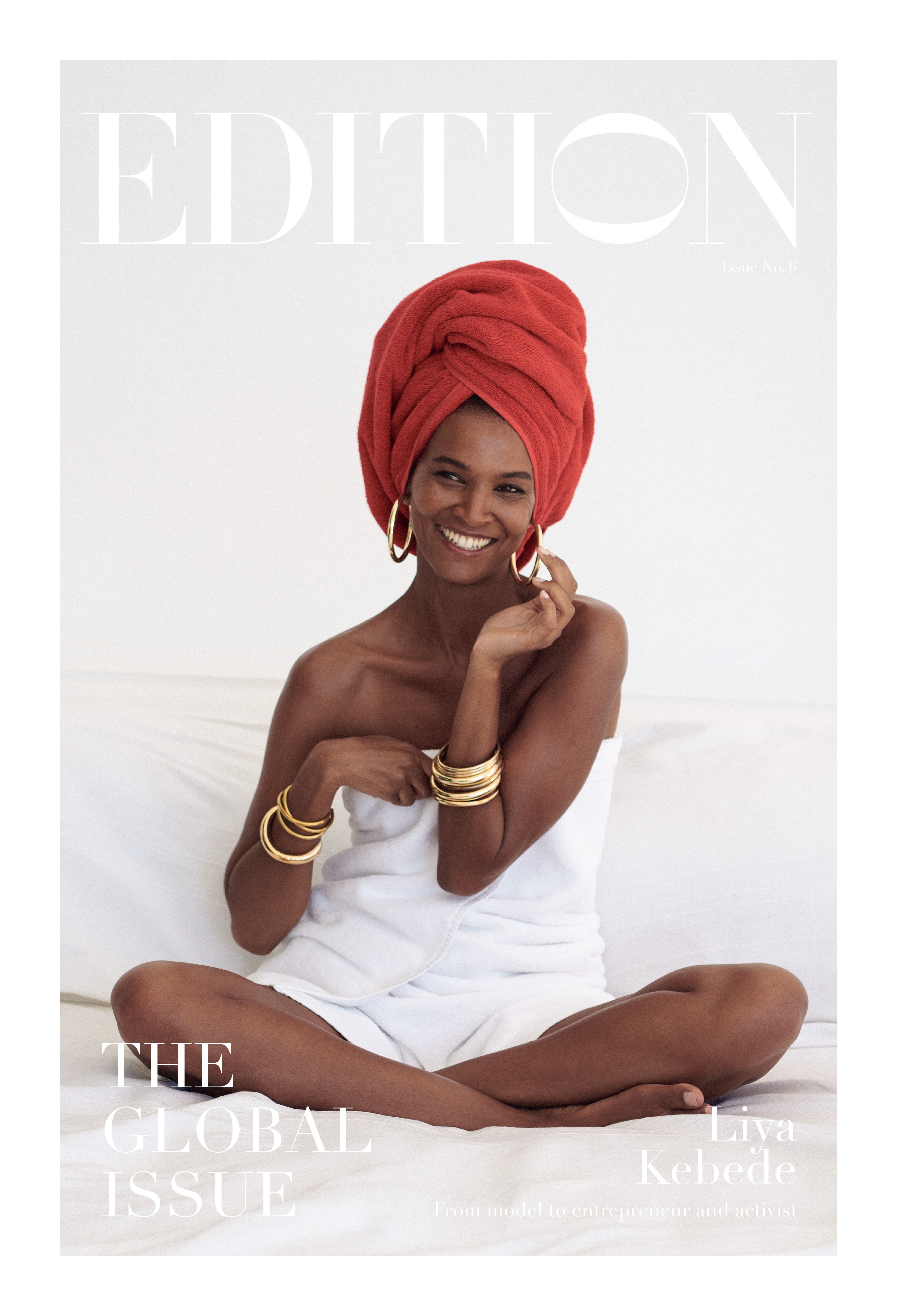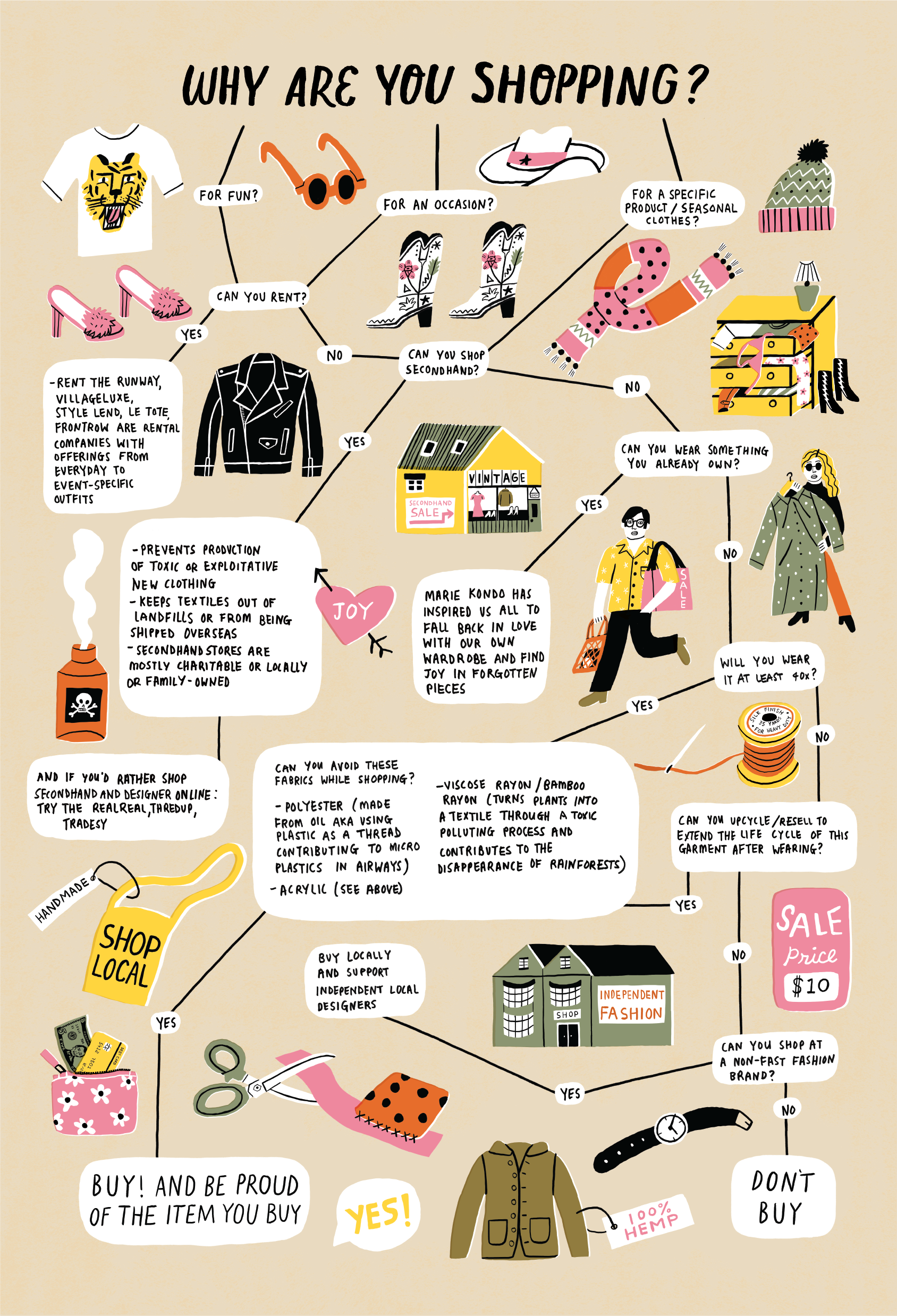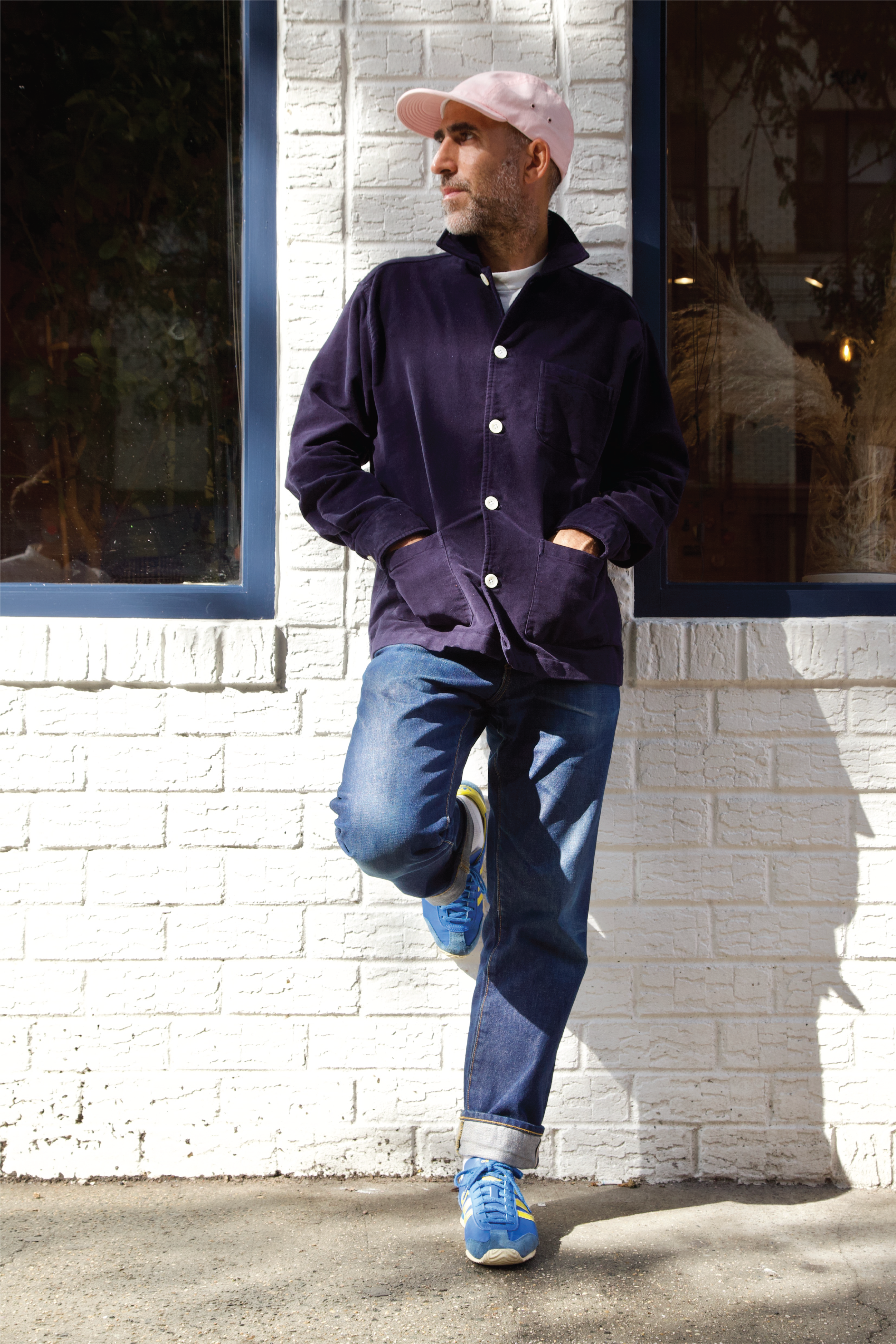
Global Issue
Global Issue: Editor’s Letter
Editor’s Letter
John Fraser
The Michelin-starred chef has a story to tell you through his cooking
Pundy’s Picks for Conscious Travel
Six tips for considered and conscious travel
Genmaicha Martini Recipe
The classic martini plus the health benefits of green tea
The Spread Love Project by Nicholas Konert
How Nicholas Konert’s rainbow heart design became an international icon
Wade Davis
Anthropology is the antidote to today’s nativism says the scholar and author
Carla Sozzani
The future of retail according to the founder of legendary concept store 10 Corso Como
The Art of Migration
The power of art to inspire empathy and social action
John Pawson
Zen Buddhism and minimalist purity drive the celebrated architect
Amy Duncan
As the CBD line Mowellens expands into skincare, its founder shares the personal story behind her company
Sila Sveta
Moscow’s favorite media studio finds the perfect balance between art and commerce
David de Rothschild
In his calls for environmental awareness, the modern explorer finds harmony between man and nature
Can Fashion Be Sustainable?
Shaping a better world through what you buy – or don’t
Brendon Babenzian
Supreme’s former creative director wants to end the cycle of consumption with his new brand Noah
Lily Kwong
Nature invades the urban jungle in the landscape designer’s expansive projects
House of Yes
Behind the scenes with the Bushwick nightlife collective promoting inclusivity and consent culture
Vivie-Ann Bakos
DJ Extraordinaire
Chez Dede
A medium in which two world-traveling, adventurous spirits absorb the globe’s vast curiosities and share them freely
Jesse Israel
A meditation guide for extraordinarily large groups
Liya Kebede
The Ethopian model, activist, and entrepreneur uses her label Lemlem as a force for change

It was perhaps just a handful of years ago when most shopping decisions concluded with this simple question: “Do I want this?” But, seemingly almost overnight, this question now leads to a convoluted inner dialogue that plays out with another string of questions that quickly follows: “Should I be buying fast fashion?” “Is this garment sustainable?” “Who made this dress?” “Will I only wear it once?” “Will washing this contribute to more microplastics in the ocean?” In fashion, if ‘artisanal’ was the buzzword of 2018, ‘sustainability’ is the theme of 2019.
Fashion can claim to be the leader in most trends, but the industry was not always as eager to embrace the sustainable shift. The True Cost, a 2015 documentary chronicling the garment workers who make our clothes and the impact the industry has on the world, was the Inconvenient Truth the industry needed. Kerry Bannigan, the founder of the Conscious Fashion Campaign, an initiative in partnership with the United Nations Sustainable Development Goals 2030 Agenda, notes that fashion made major shifts towards sustainability just a year ago. “[In 2018], we saw Emma Watson guest edit Vogue Australia’s March issue dedicated to sustainability,” she explains. “Elle UK’s September issue was printed on recycled paper for the first time, encouraging more sustainable resources, and the United Nations Fashion Charter for Climate Action launched December 2018.” Bannigan also points out that “we each have a cause, moment, or revelation that makes us truly consider what is happening around us, be more aware, and even take action. It ranges for each individual, but it is happening, and often, and I believe that you cannot undo it or ignore it as something inside of you is ignited to drive change, collaborate for good, or spread awareness.” Or as Maya Angelou has said: “Once you know better, do better.”
Awareness and asking ourselves the right questions are the first steps to a more sustainable closet and lifestyle. But how does one navigate the endless questions that follow? Although the statistics aren’t
sound enough to declare, as is often claimed, that fashion is the second-most polluting industry in the world, we can all agree that fast fashion is not the best answer. We can also agree that garment workers shouldn’t sacrifice their lives to produce our clothes, water systems should not be poisoned for cheap dyed t shirts, and nearly four billion metric tons of CO2eq (carbon dioxide equivalent) released every year from the fashion industry, contributing 8.1% of the global total, is incomprehensibly too much.
Since it’s not just trends that are marketable, everyone has been hopping on the sustainability train. H&M, for example, has introduced its Conscious Collection, but a new report from the Norwegian Consumer Authority shows fast fashion brands, including H&M and Zara, are “misleading” consumers to purchase with vague sustainability claims, commonly referred to as ‘green-washing’ in the industry.
To help set the record straight once and for all, designer and entrepreneur Maxine Bédat launched earlier this year the New Standard Institute, a resource to unify designers and brands with access to science-based objectives to make impactful changes for the industry by 2030. Bédat explains one of the biggest greenwashing techniques in use today is that “fashion companies are big on making commitments.” Brands may claim, for example, “by 2030 we will use 100% sustainable cotton,” she says, “a commitment without transparency into what a company is doing to reach that commitment or how much progress is being made,” much like a politician running for office without positions or a policy platform. Bédat created a universal standard for brands to combat this sort of greenwashing both for brands and the media, but what about the consumer side? How can we individually create a sustainable standard every time we decide to use our purchasing power, the same purchasing power that has amassed more than $3 billion in sales of single-use outfits in the United Kingdom during the summer of 2019 alone due to weddings, parties,
and festivals such as Coachella and Glastonbury, according to a survey conducted by London-based agency Censuswide? The trend of wearing clothing only once has been perpetuated by the age of social media, where even average millennials and Gen Zers act according to the influencer model of “one post, one outfit.” But, as the journalist Lucy Siegle brutally reminds us, “Fast fashion isn’t free. Someone somewhere is paying.”
Perhaps the most sustainable thing we can do as consumers is to stop buying. Effective? Yes. Realistic? No. But the answer does lie in shopping less. The continuous desire to shop is quite like any other indulgence. Once we take this habit out of the cycle of our daily patterns, one might notice it has less appeal than previously. “We will not shop our way into sustainability,” Bédat asserts. “What we need to do is to take a step back and ask ourselves: Why are we Marie Kondoing our closets to begin with? Did the clothes we buy make us happy? Did they spark joy?” Further questions to buffer purchasing decisions are: “Would I be buying this if it wasn’t on sale/would I pay full price for this?” “Is this something that will work with other pieces in my closet?” “Will I wear this at least 40 times?” Just as some of us adapted our eating habits after exposés of the sugar and meat industries, the time has come to change our buying habits for a better future. “Every time you spend money,” the author and food advocate Anna Lappé says, “you’re casting a vote for the kind of world you want.”
The chart on the opposite page helps us ask simple questions in the right order, but while we’re setting records straight: A zero carbon footprint is simply not possible. Every person born on this Earth creates a carbon footprint just by living. For Tensie Whelan, the director of the Center for Sustainable Business at NYU’s Stern School of Business, that reality should not be a reason to give up. “Sustainability is a journey, a moving target,” she says. There will be no finish line, no grand finale. As with any journey, one just has to start.
Brendon Babenzian
Supreme’s former creative director wants to end the cycle of consumption with his new brand Noah
Art & Culture
The power of art to inspire empathy and social action
Zen Buddhism and minimalist purity drive the celebrated architect
Moscow’s favorite media studio finds the perfect balance between art and commerce
Behind the scenes with the Bushwick nightlife collective promoting inclusivity and consent culture
DJ Extraordinaire
A medium in which two world-traveling, adventurous spirits absorb the globe’s vast curiosities and share them freely
A meditation guide for extraordinarily large groups
Experiences
Moscow’s favorite media studio finds the perfect balance between art and commerce
In his calls for environmental awareness, the modern explorer finds harmony between man and nature
Behind the scenes with the Bushwick nightlife collective promoting inclusivity and consent culture
DJ Extraordinaire
Food & Drink
The Michelin-starred chef has a story to tell you through his cooking
Six tips for considered and conscious travel
Personalities
Style
The classic martini plus the health benefits of green tea
How Nicholas Konert’s rainbow heart design became an international icon
As the CBD line Mowellens expands into skincare, its founder shares the personal story behind her company
Nature invades the urban jungle in the landscape designer’s expansive projects
The Ethopian model, activist, and entrepreneur uses her label Lemlem as a force for change

